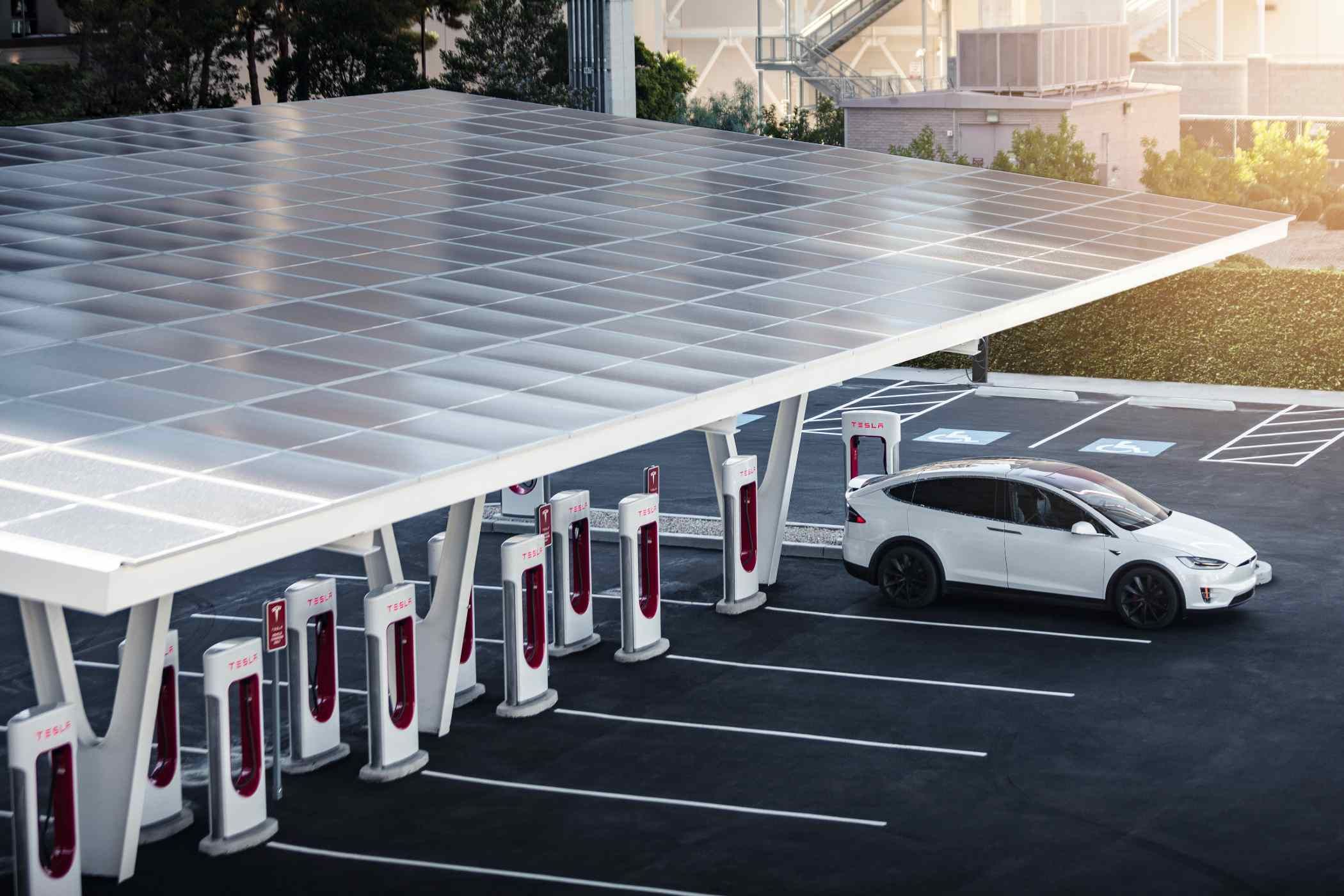There have been significant delays to Tesla opening its Supercharger network to vehicles from other carmakers. Software issues and hardware shortages have contributed to the slow rollout of the planned integration. Still, it doesn’t seem like there’s a rush to integrate.
Tesla initially expressed optimism about expanding the Supercharger network to other electric vehicle brands. This move would help adjust the scarcity of public charging infrastructure and encourage broader adoption of electric vehicles. The slow rollout of the Supercharger network integration has also highlighted the challenges associated with adopting the North American Charging Standard (NACS) developed by Tesla. Many major carmakers have abandoned the previously used Combined Charging System (CCS) in favor of NACS, making them reliant on Tesla’s technology. This decision has increased their vulnerability to potential changes in Tesla’s strategy and tactics.
Still, Tesla has recently taken steps to address the hardware shortages by increasing the production of adapters. These are necessary for non-Tesla vehicles to connect to Superchargers. While this development is a positive sign, there’s still no telling how long it will take before electric vehicle owners can buy them. Tesla’s decision to open its Supercharger network to other carmakers is complex because it’s basically a question of helping your business vs. increasing the market. On one hand, it could increase the profitability of Tesla’s charging business by attracting new customers and helping to make electric cars more convenient. On the other hand, it could alienate existing Tesla owners who may feel that their exclusive access to the network is being compromised.
The integration process is expected to occur in three stages: software updates, adapter distribution, and the adoption of Tesla plugs on new vehicles. Last year, they installed nearly 6,000 fast-charging plugs in the US, significantly outpacing competitors. However, Tesla only installed 2,750 during the first half of this year, and the pace has declined steeply since then, according to Rho Motion, a research firm. While some progress has been made, there are still significant challenges in completing these stages. These challenges are likely the cost of investment and the technical compatibility of non-Tesla vehicles on the Supercharger network.
Reliable and accessible charging stations are a key factor in influencing purchase decisions. It will hurt the market if there aren’t enough stations to make buyers feel like there is reliable fuel on the road. The slow rollout of the Supercharger network will make people question the practicality and convenience of owning an electric vehicle. We’ll see how long it takes Tesla to open its charging stations to other car manufacturers, but the delay isn’t helping the market.
Source: The New York Times





